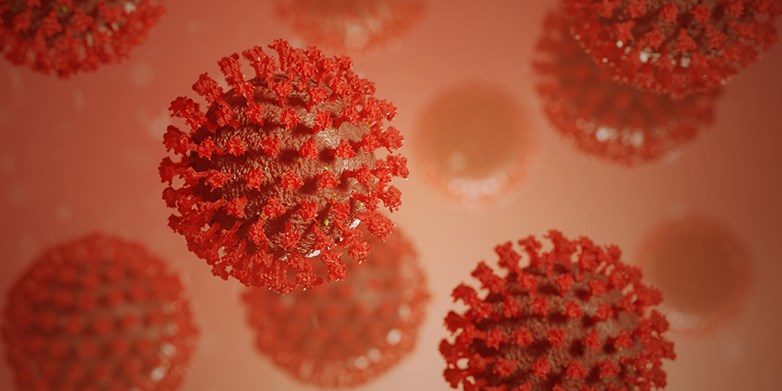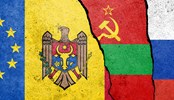COVID-19 | FREE Network project
COVID-19 in the Region of the FREE Network
The Covid-19 pandemic is affecting all the inhabited continents of this planet and leaves none of us untouched. It has already killed thousands of people across the globe, closed down cities, borders and businesses and most countries are still just in the initial phase of this crisis. Although there is 24/7 reporting on the pandemic, much of the focus in international media has been on the most affected countries and richer countries in Eastern Asia, the EU and the US. Much less attention has been given to countries around the Baltics, in Eastern Europe and the Caucasus.
However, these countries are home to more than 200 million people and to the institutes that form the Forum for Research on Eastern Europe and Emerging Economies, i.e. the FREE network. We have therefore started to collect data on this region from official sources with the ambition to offer a regularly updated, comprehensive and easily comparable overview of the health impact of the Covid-19 pandemics, as well as the policies and practices countries in the region adopt to deal with it.
Click here for a full overview of the map. (The FREE Network map will be updated on weekly basis)
The countries in the network and the region we include are Belarus, Georgia, Latvia, Poland, Russia, Sweden, and Ukraine. For comparison, we also include Italy as a point of comparison since it is a country that has been particularly badly affected and we have several people in our faculties that know Italian and follow these developments closely. In addition to FREE Network countries in our reporting, we partially cover Armenia, Estonia, Lithuania, Moldova and Germany due to close links with economists and researchers specialised in these countries, therefore extending our covered region.
The quality of the health data will by necessity vary between countries and this also affects the comparability of numbers. For example, the ability and willingness to test the population for the virus differs significantly between countries and will obviously affect the number of infections that is reported to the European Centre for Disease Prevention and Control (ECDC), the main source of data on health outcomes in our tables and graphs. Other data that we report, such as border or school closures, are easier to compare, but there may still be differences in how these policies are implemented on the national level. However, we still believe that it is useful to compile this data for our region in one place as a starting point for discussions on how the virus is spreading and governments respond to the crisis.
Country Reports
Since the FREE Network focuses on economic issues, we put particular emphasis on high-frequency indicators in this area and on measures governments have taken to deal with the economic consequences of the pandemic. In the initial phase of this collaborative project, the focus will be on providing a descriptive picture of the state of the situation using the best data we can find, but over time, this will be complemented by more in-depth policy analysis of the measures and implications for the economies in the region. The main data is presented in a summary page that facilitates comparisons between countries, and this is complemented with more detailed country reports.
List of country reports
- Belarus country report
- Italy country report
- Latvia country report
- Poland country report
- Sweden country report
(More reports will be added soon)
Learn more by visiting Freepolicybriefs.org.




